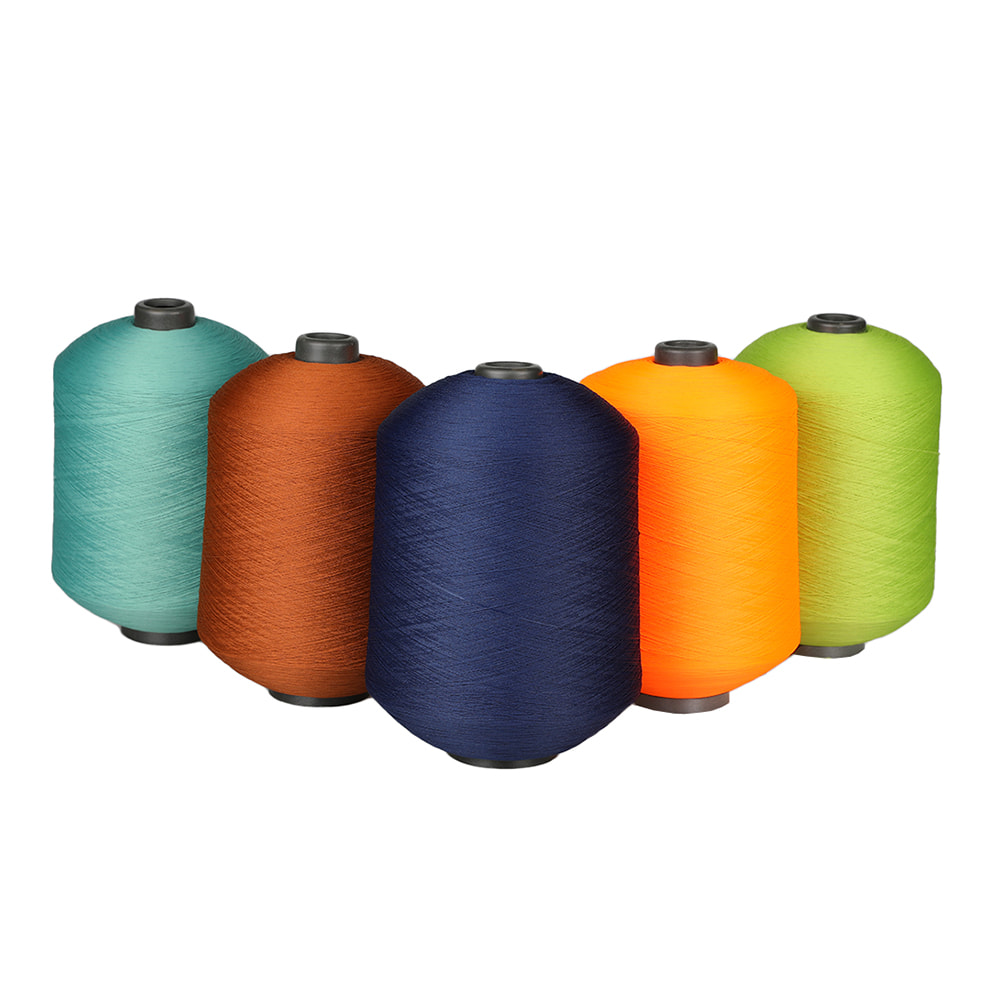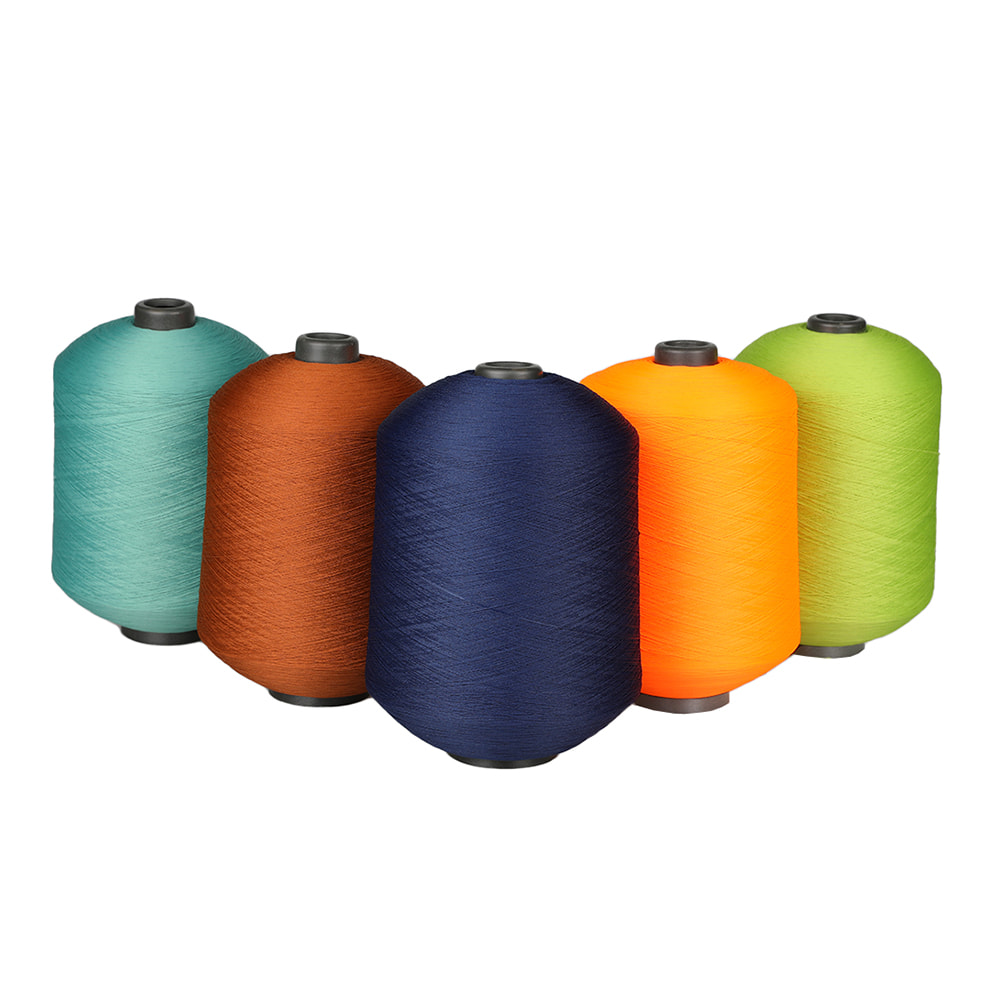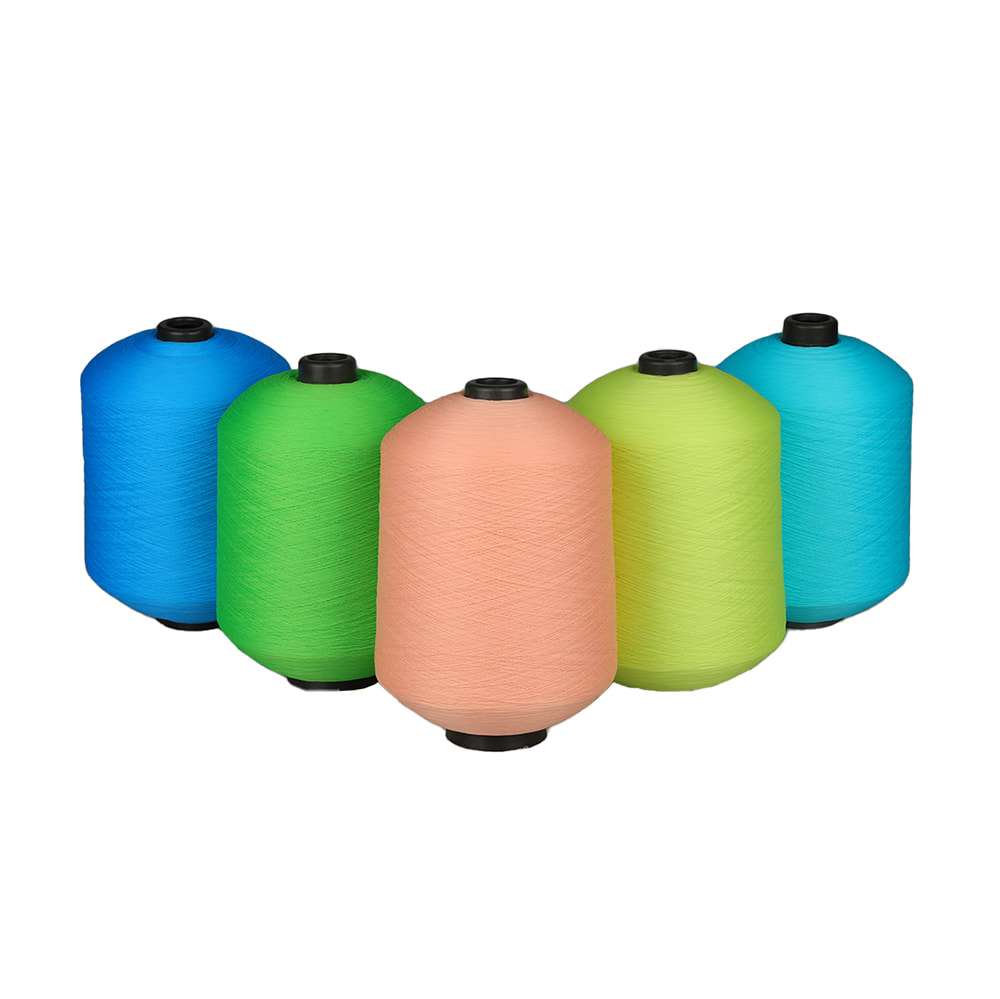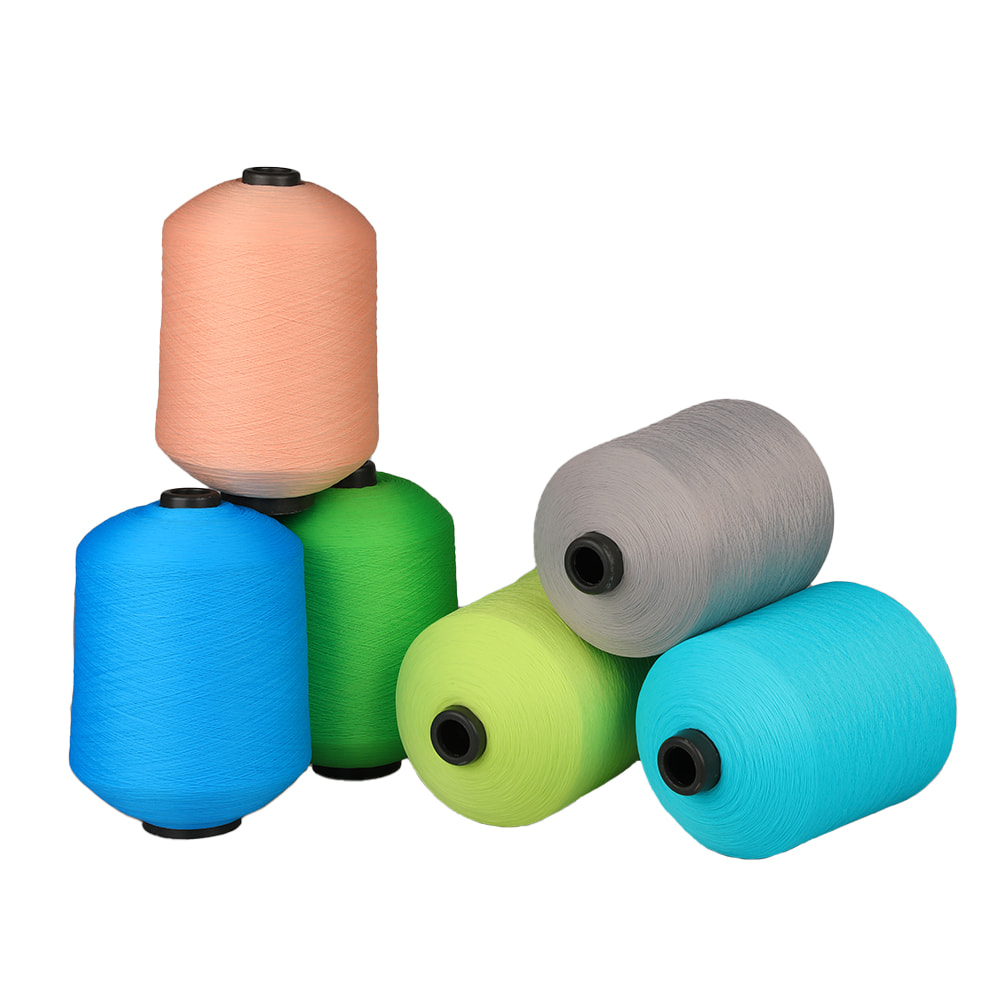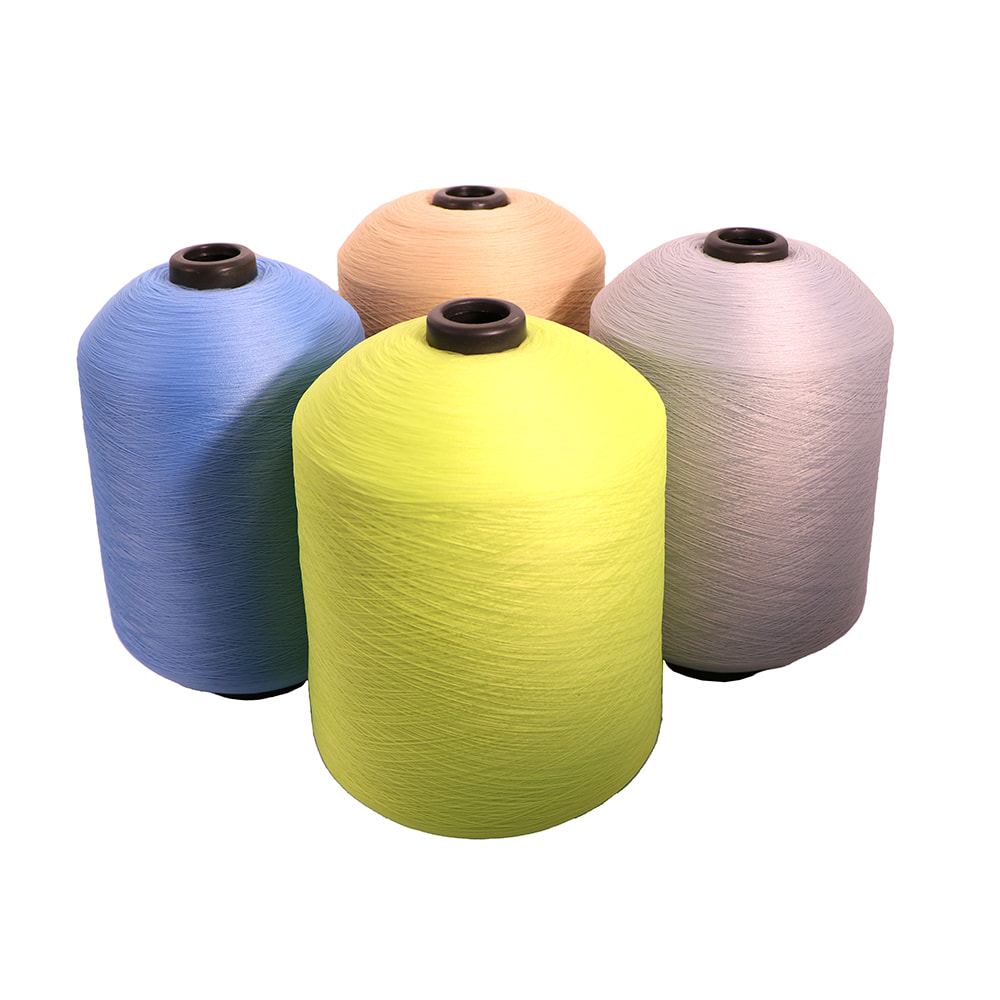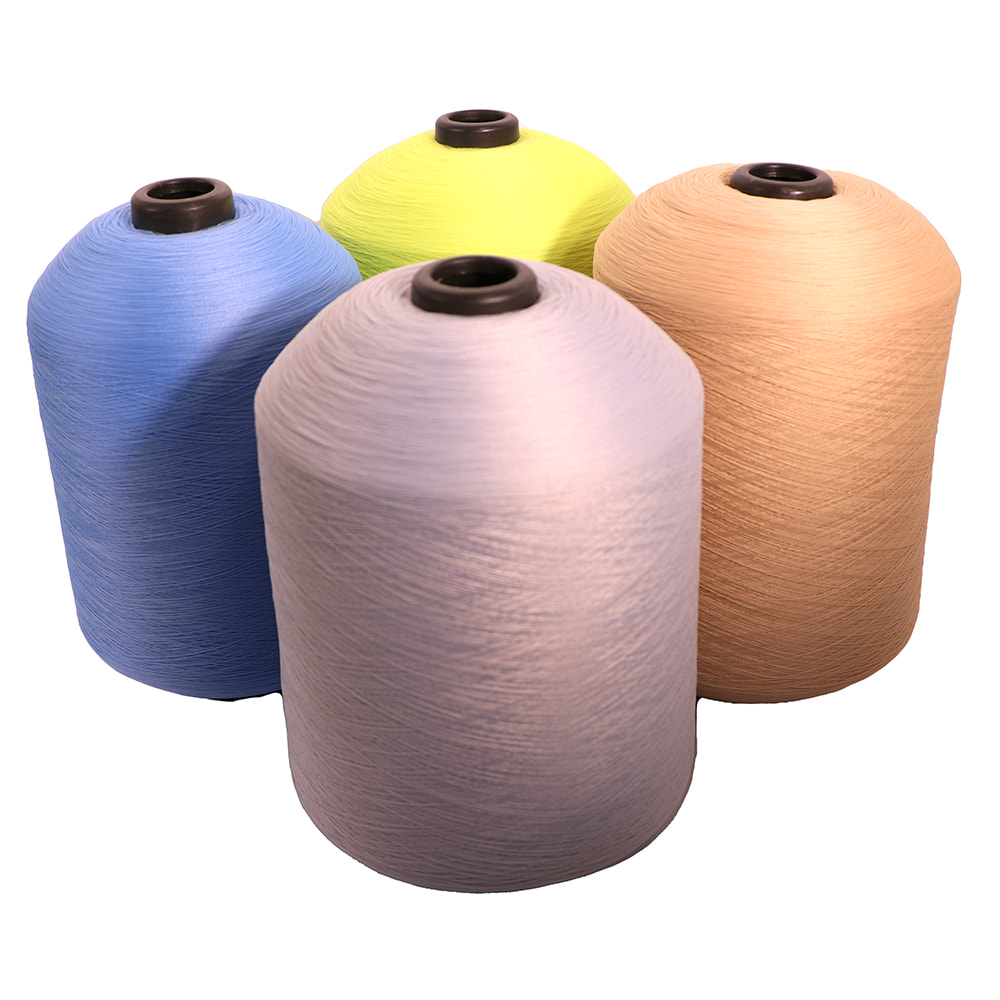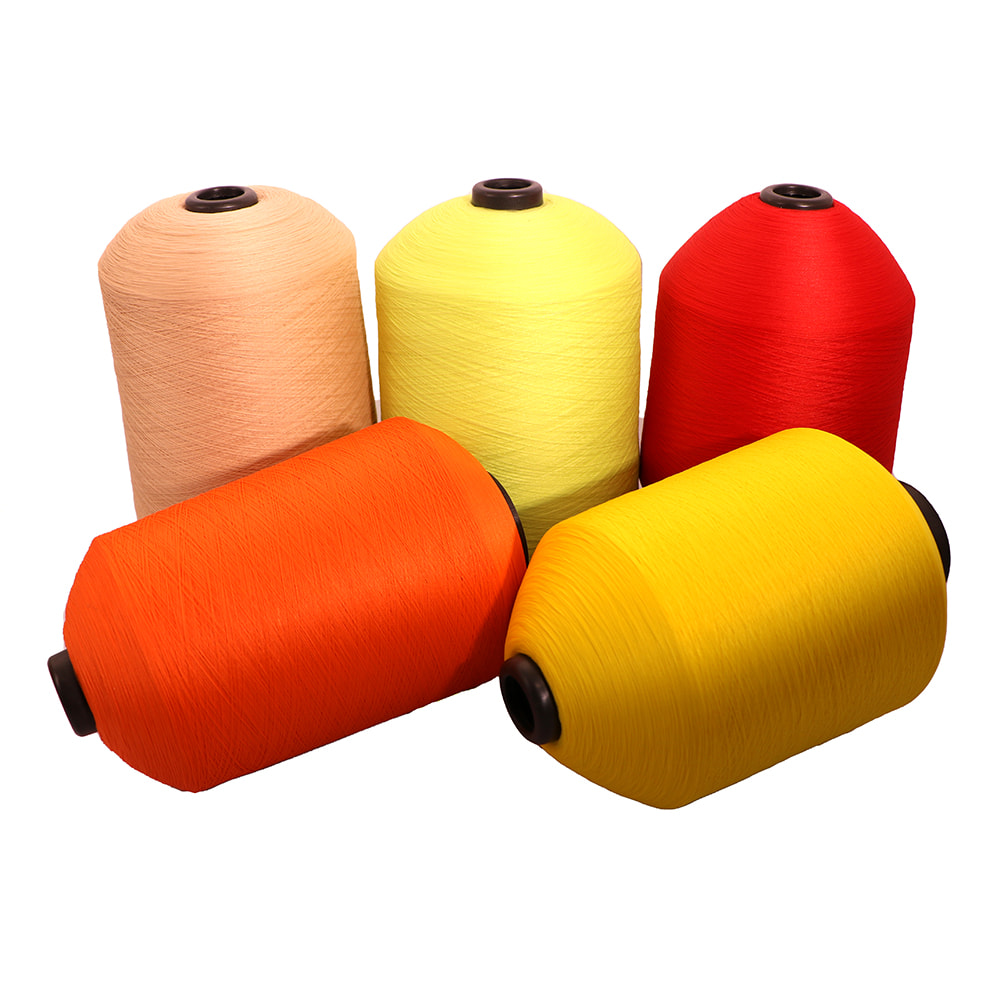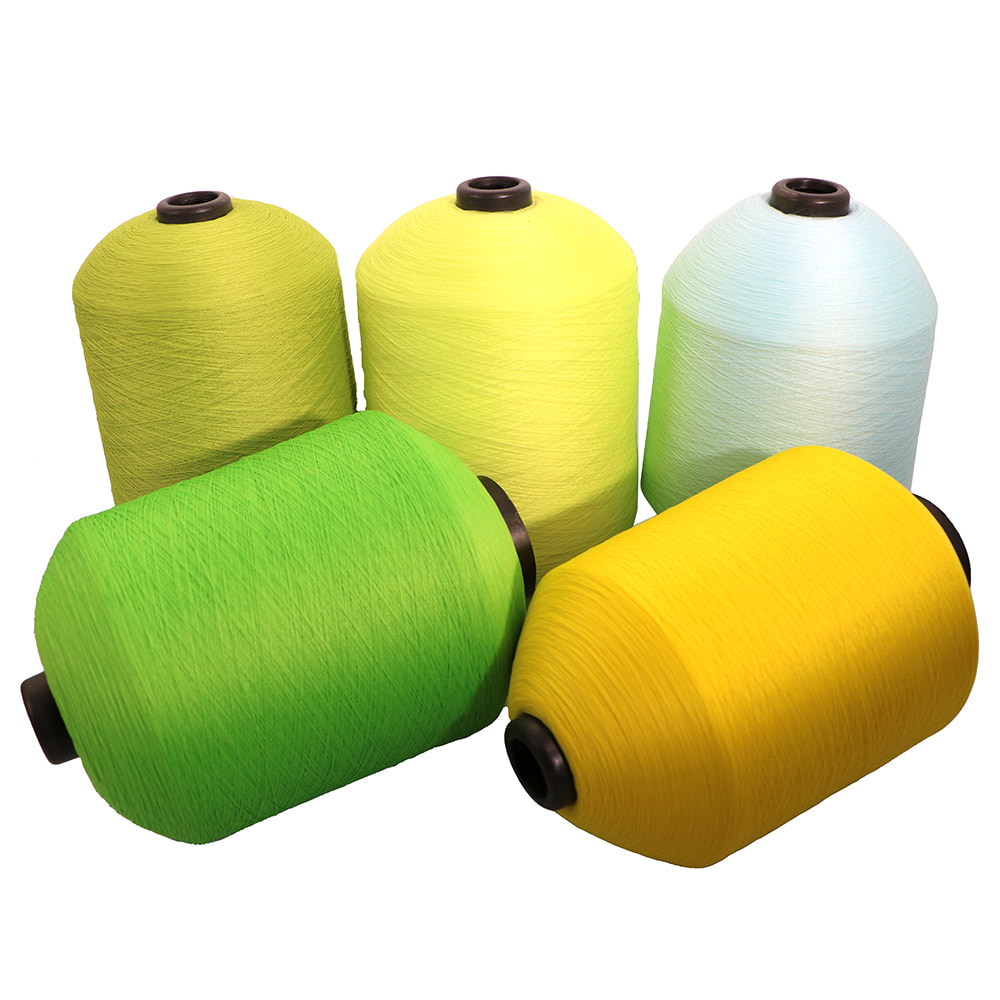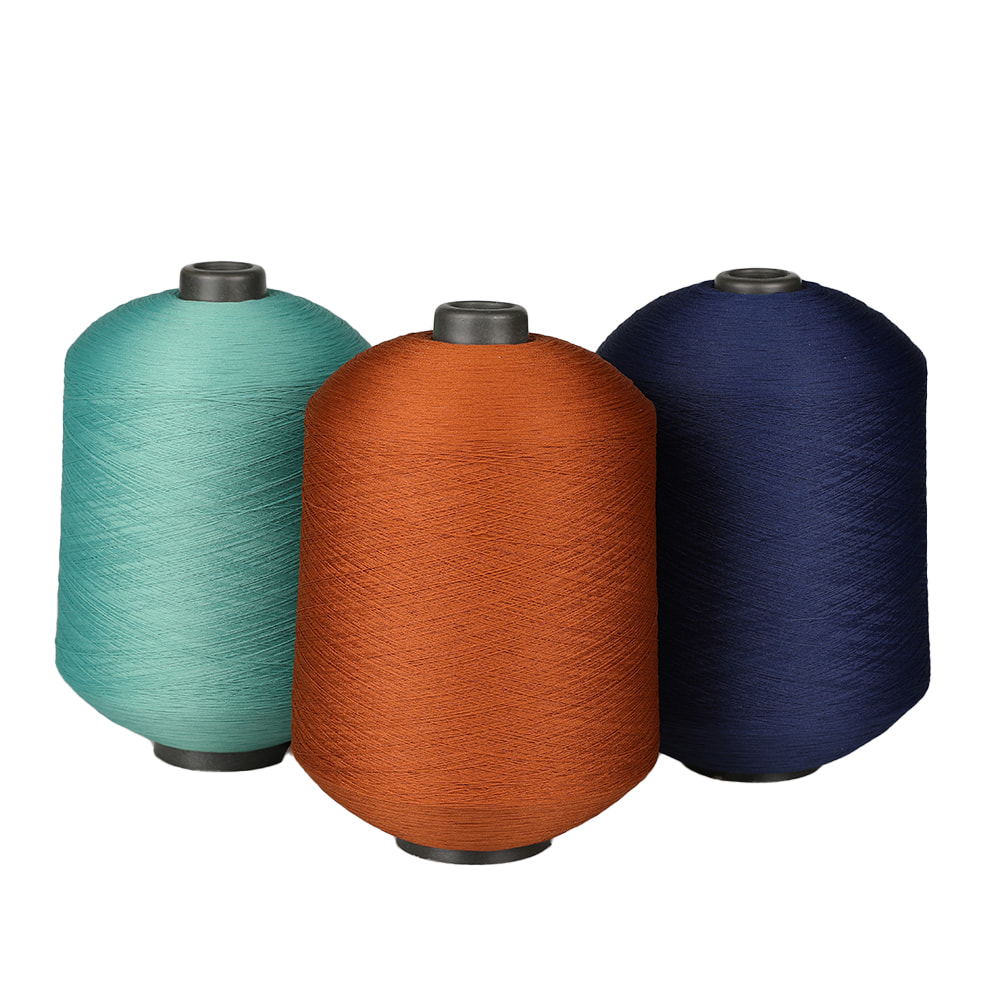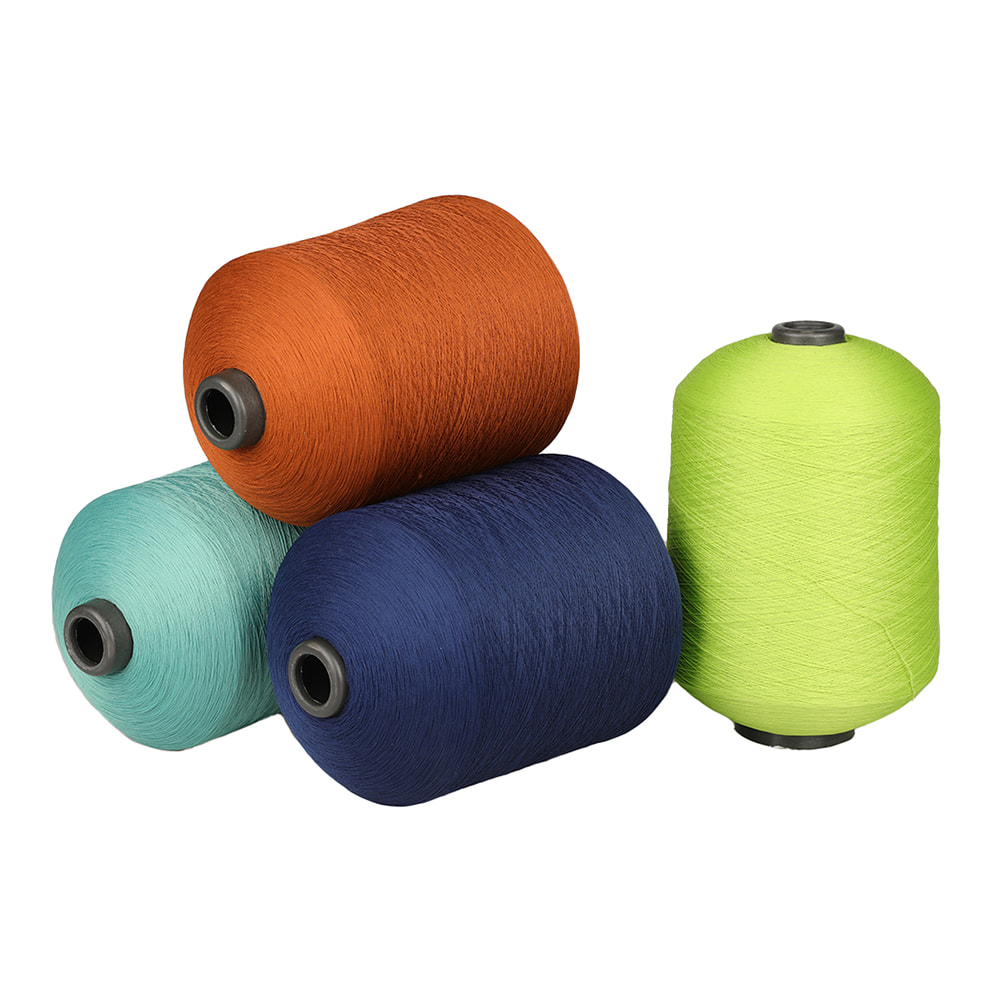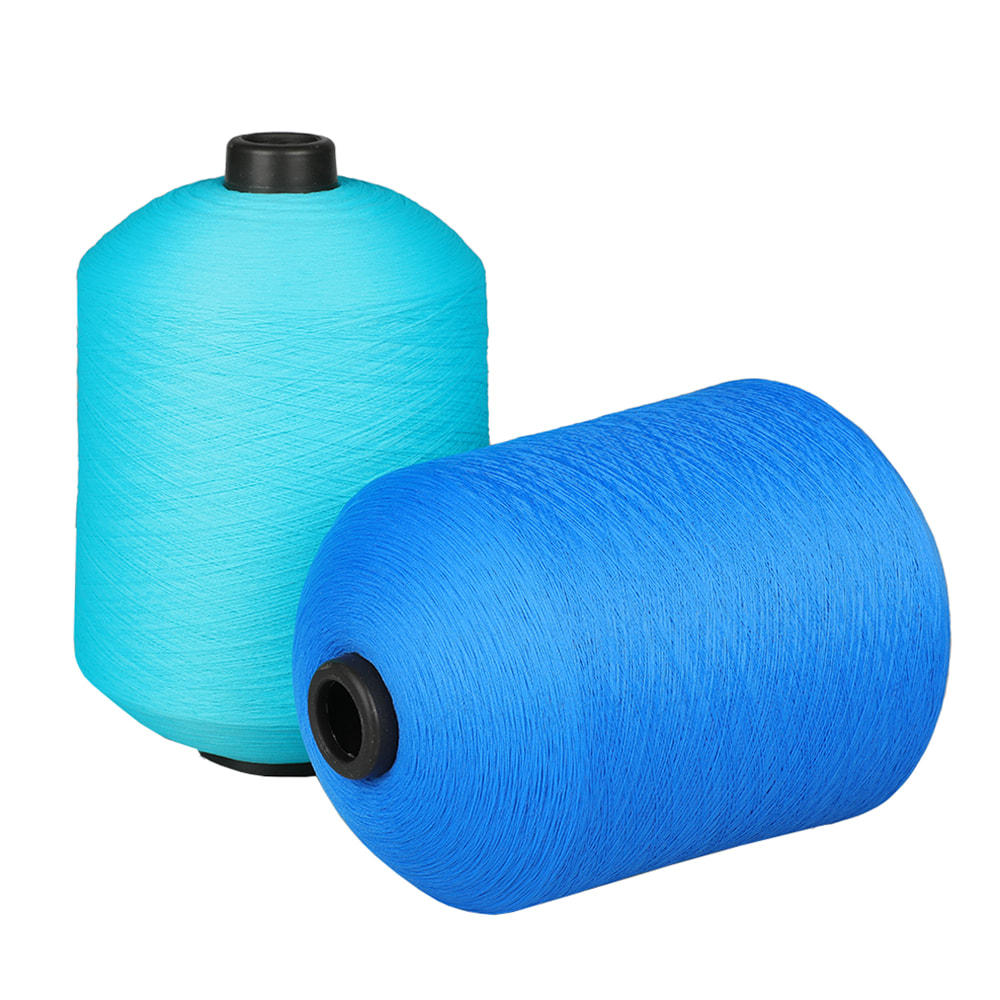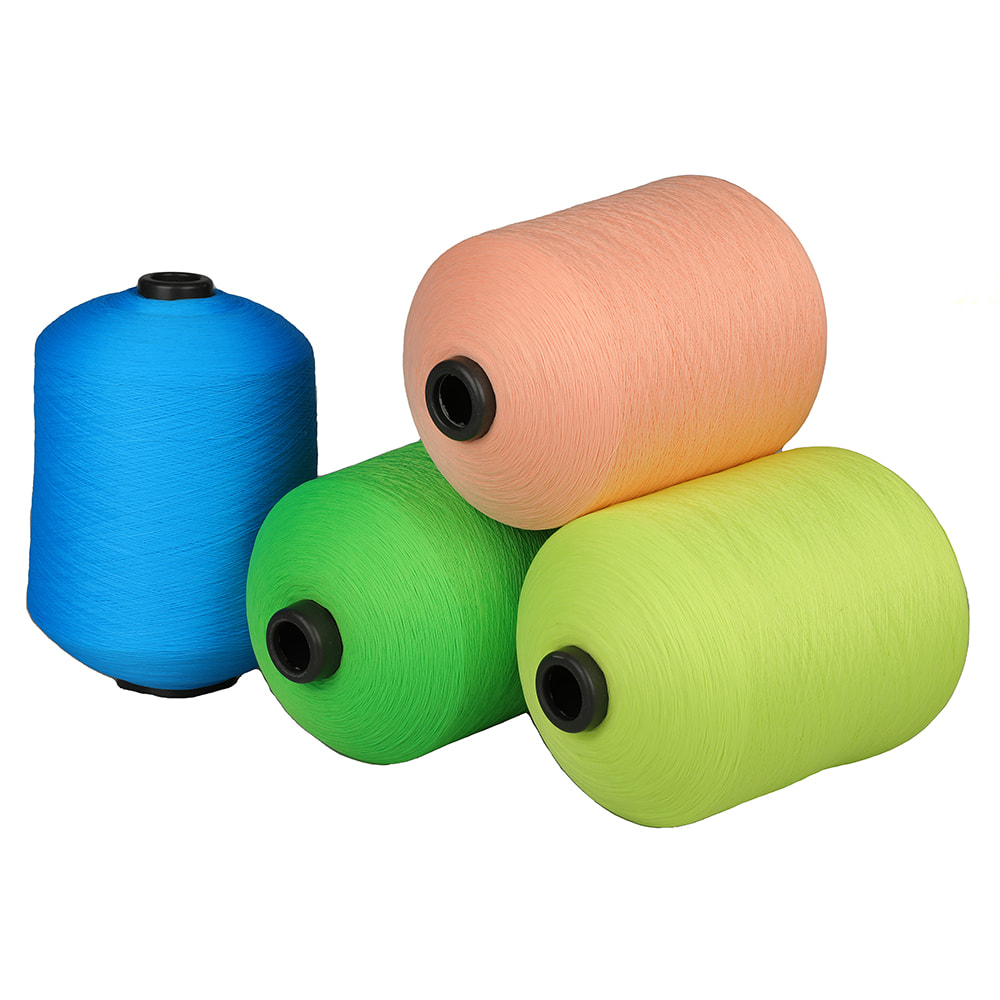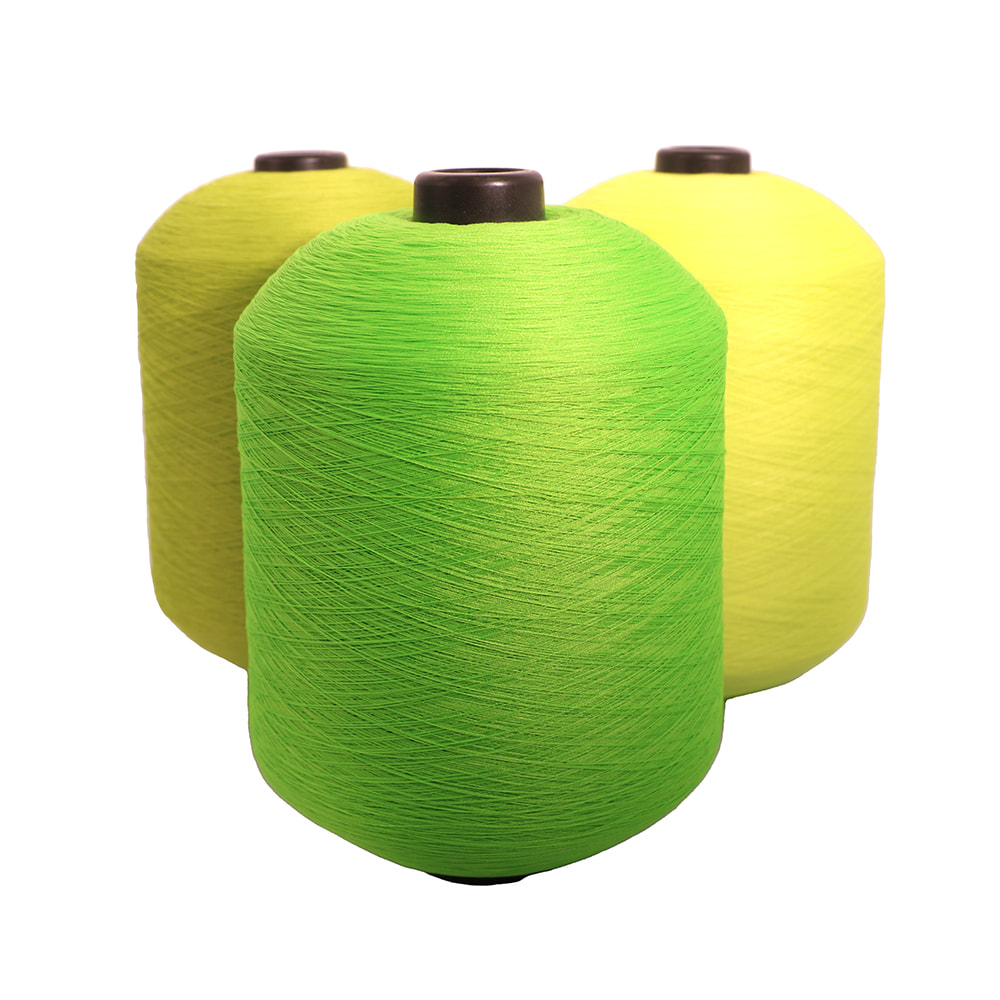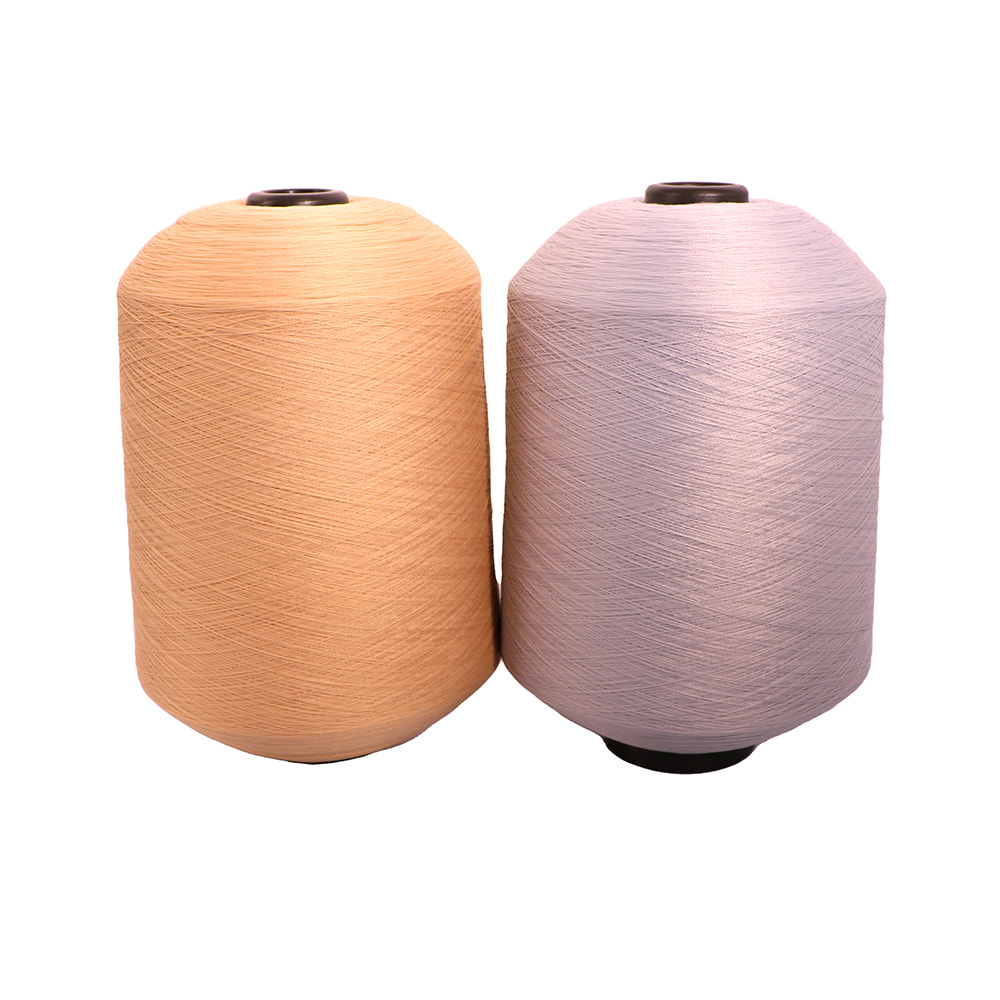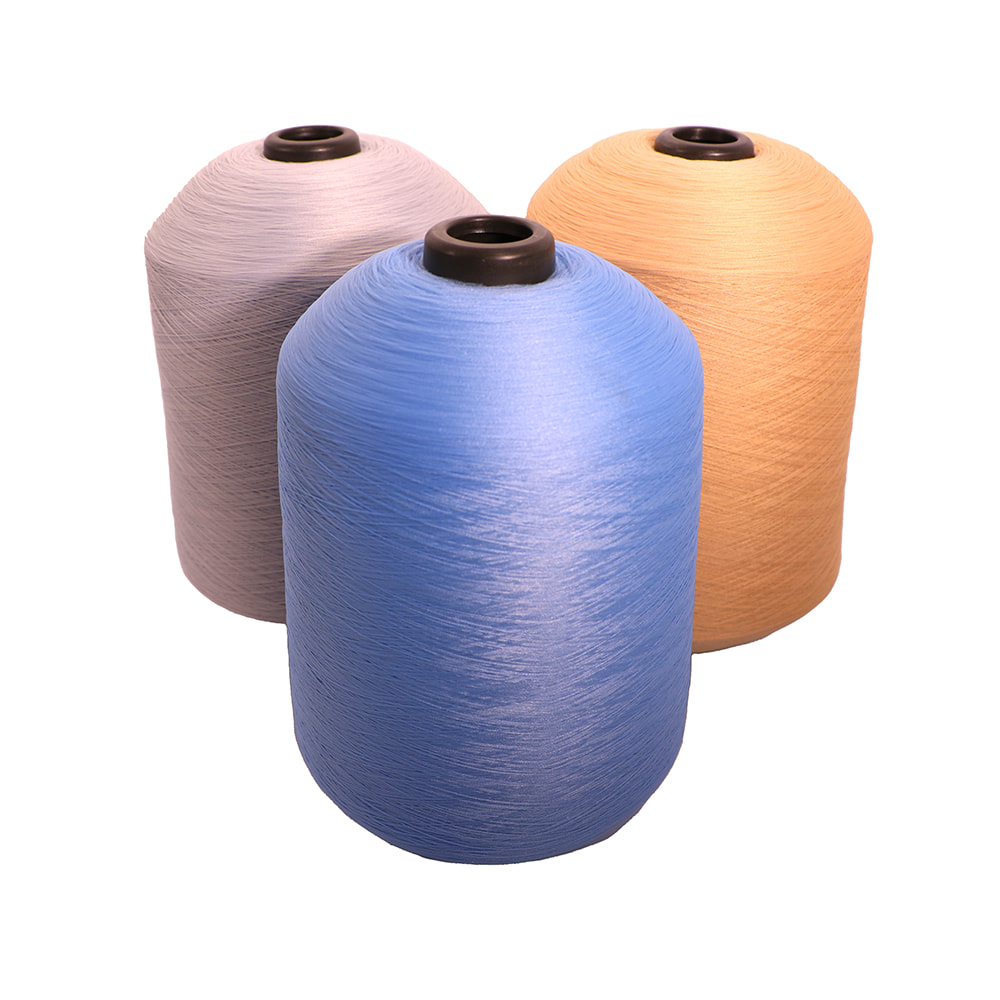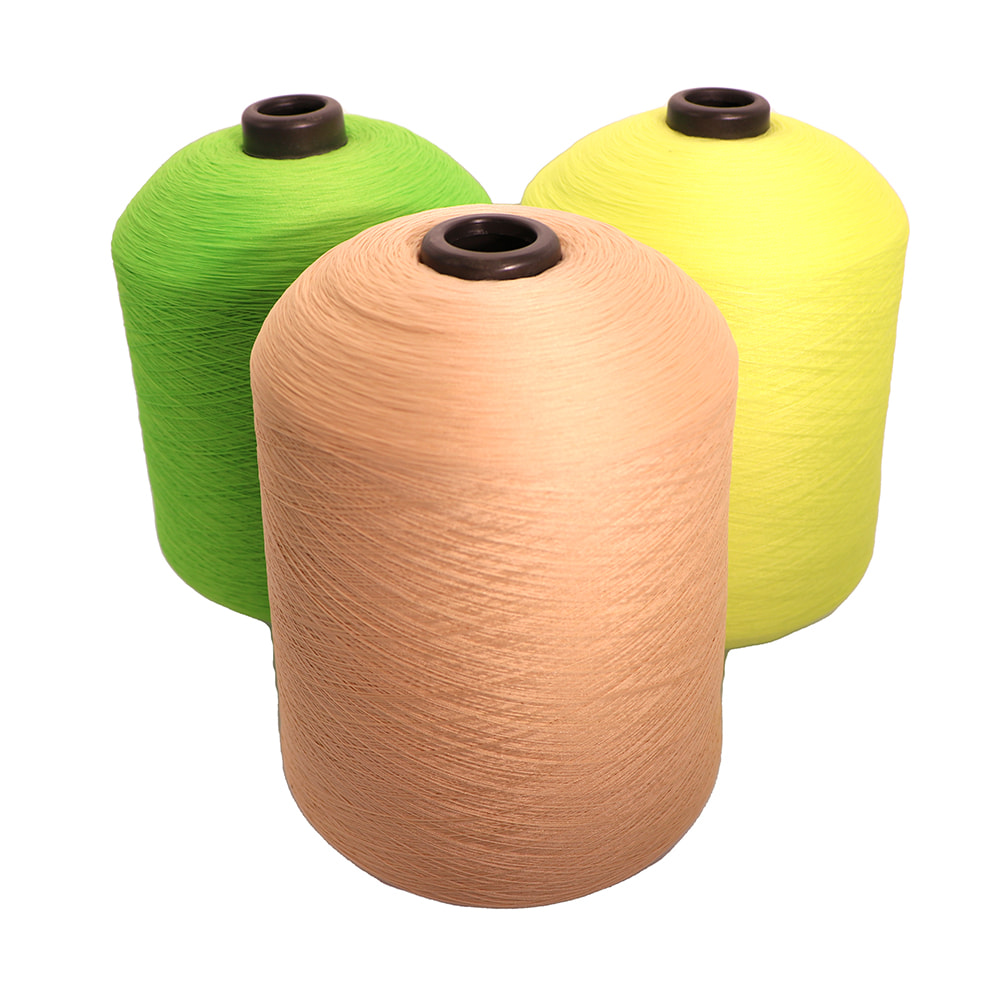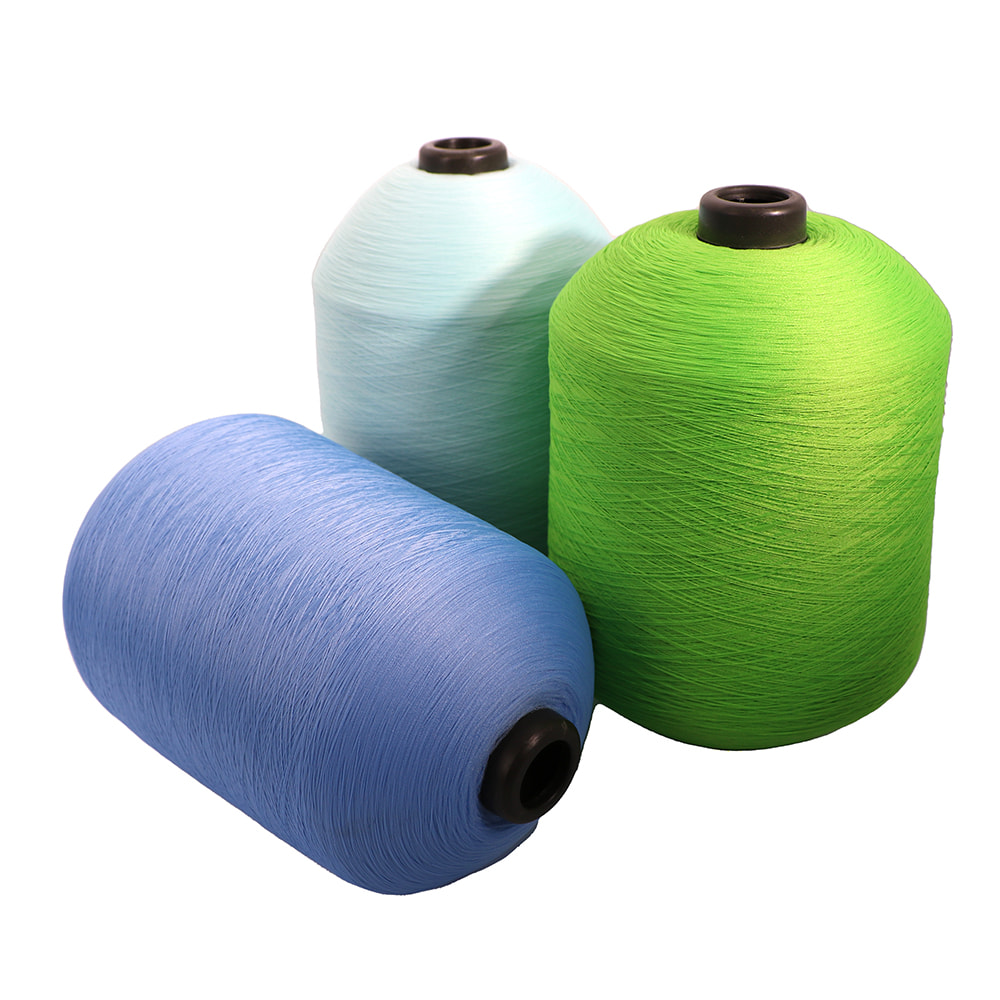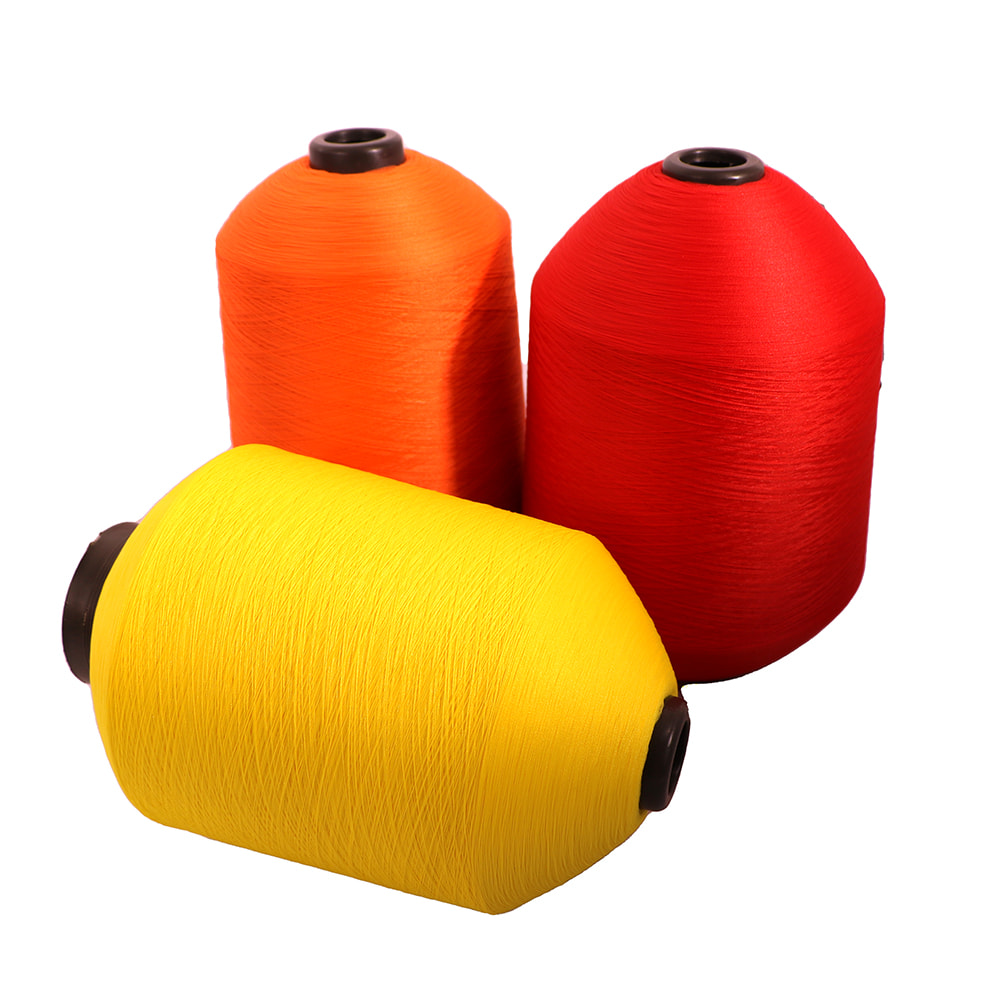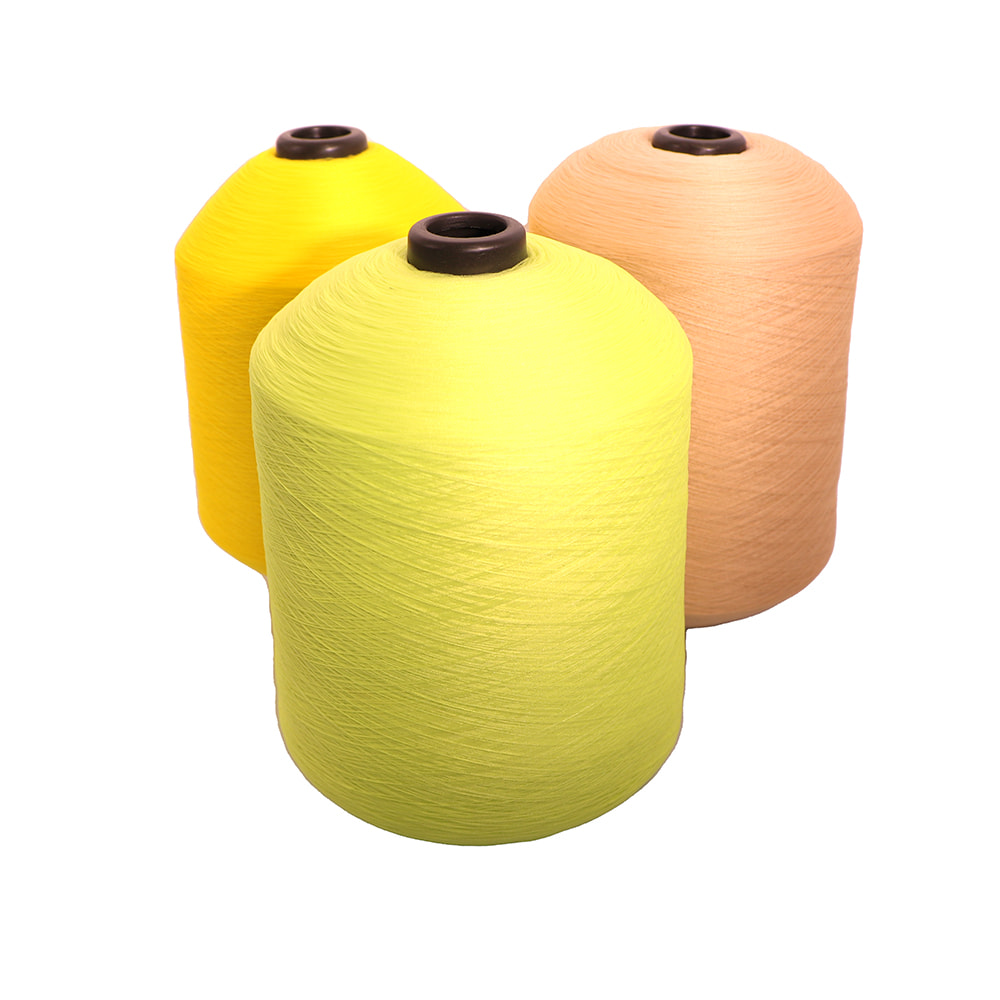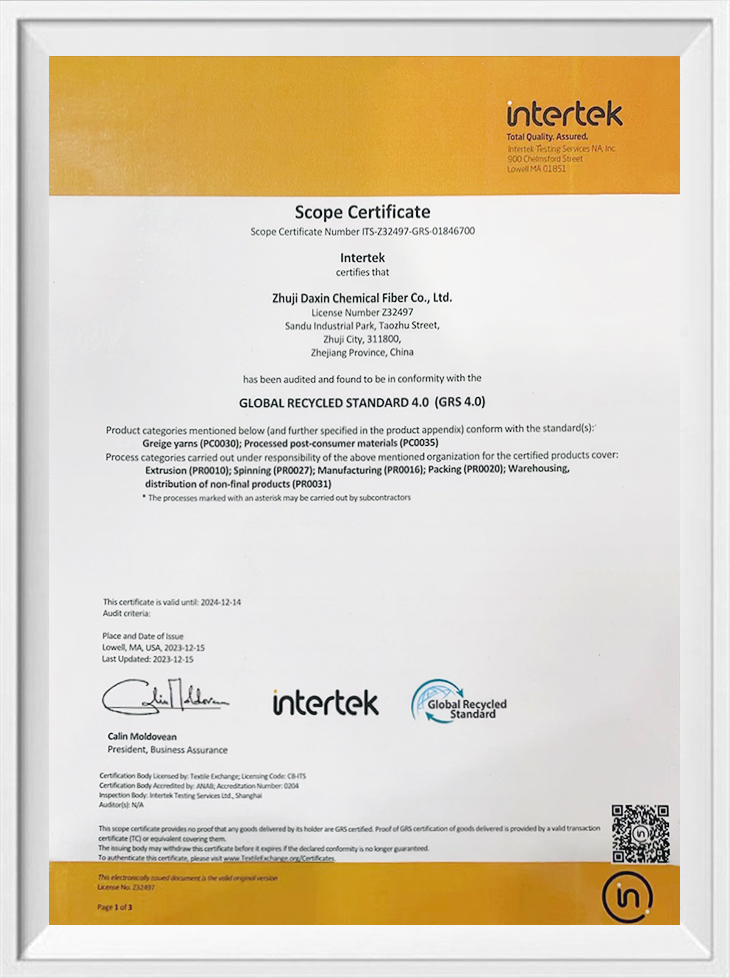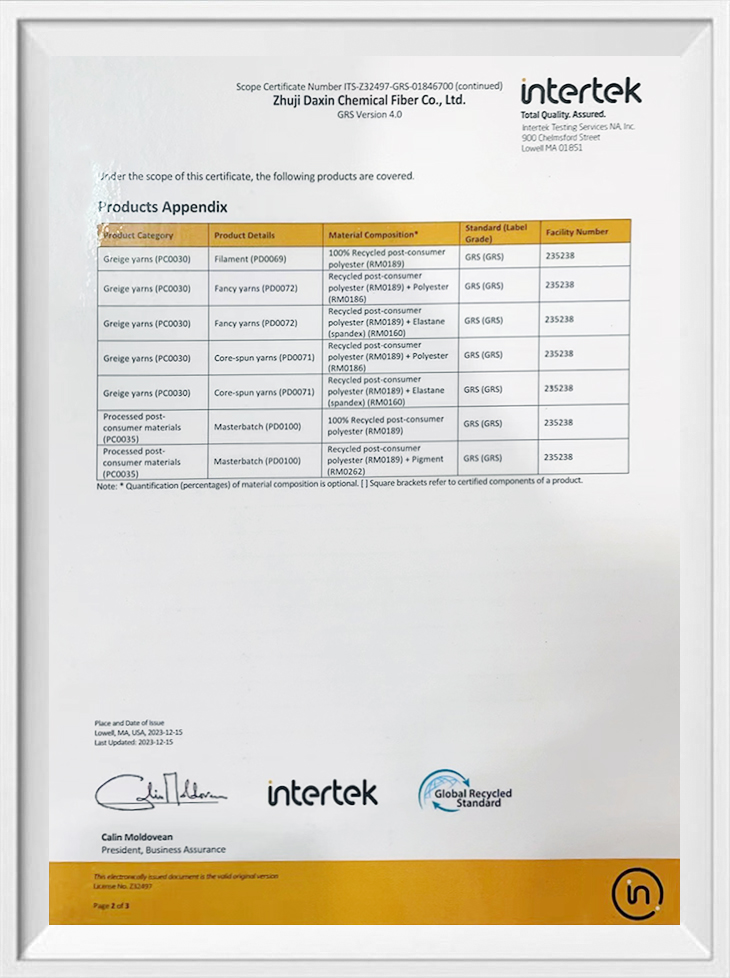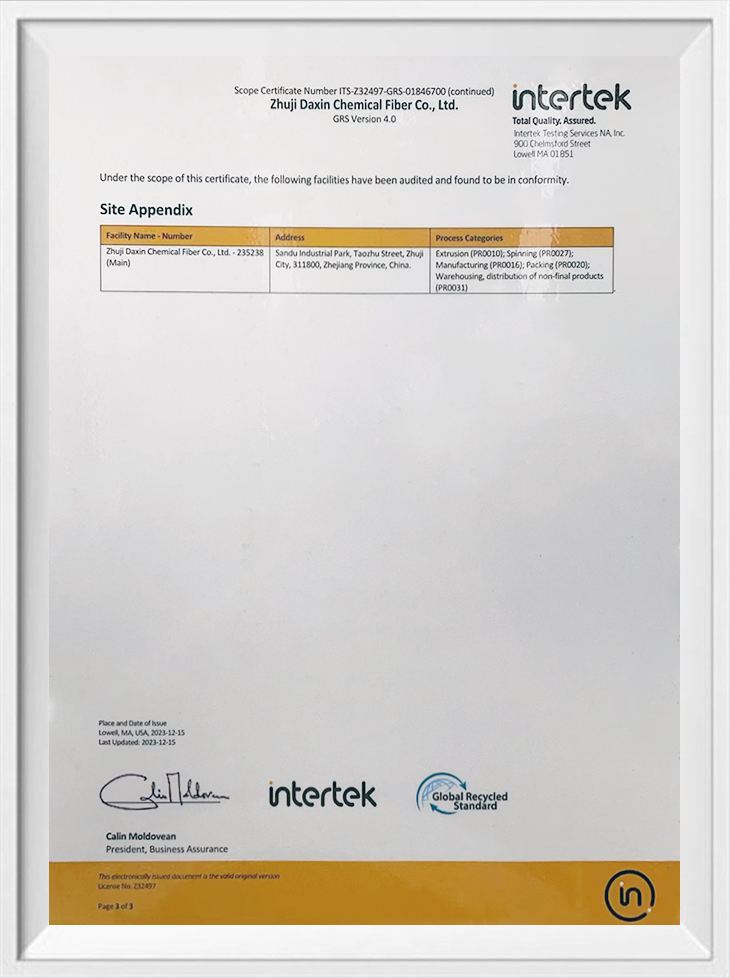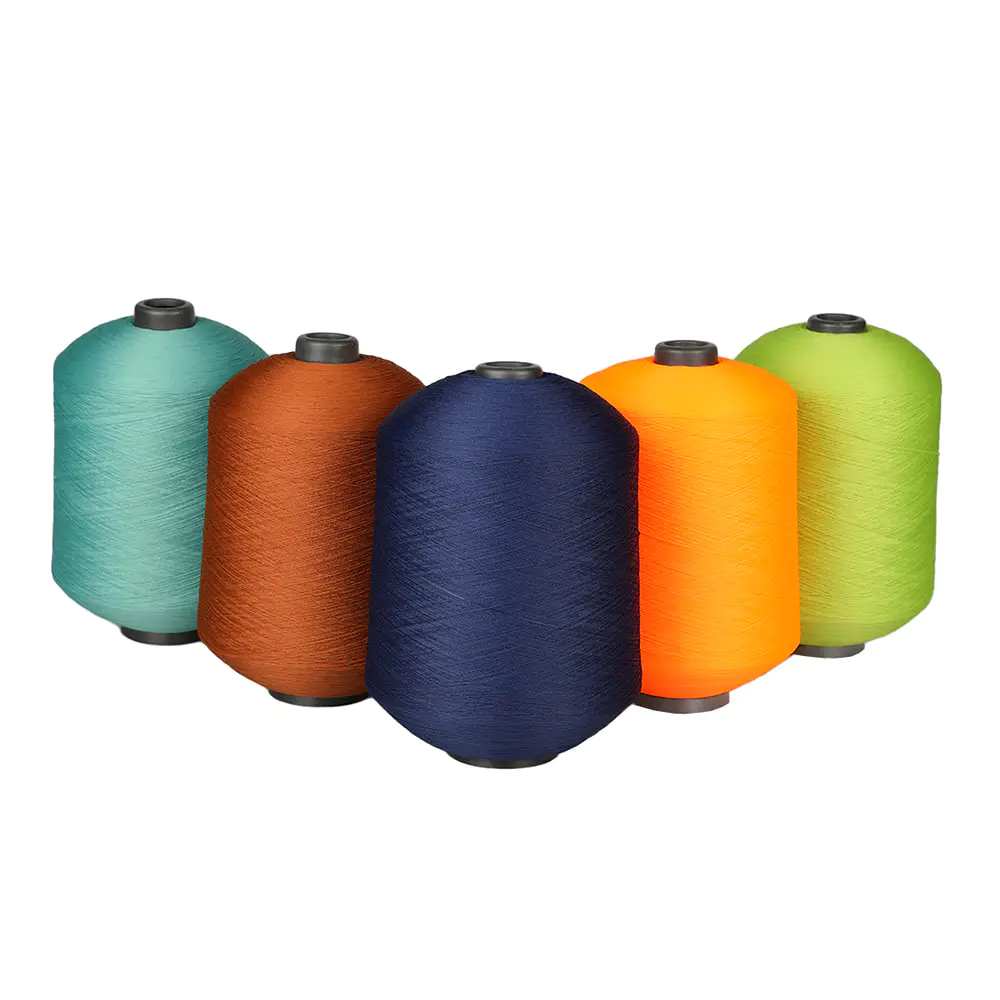In addition to the spiral ring structure, does high-elastic polyester yarn have other microstructural features that help improve its elasticity?
In addition to the spiral ring structure, high-elastic polyester yarn does have other microstructural features, which work together to help further improve its elastic properties.
Highly oriented molecular chains: During the production process of high-elastic polyester yarn, its molecular chains undergo stretching and orientation, so that the molecular chains are highly arranged along the fiber axis. This highly oriented molecular chain structure can more effectively transmit and disperse stress, so that when subjected to external forces, the fiber can deform more easily and quickly return to its original shape after the external force is removed, that is, it exhibits higher elasticity.
Crystallinity and crystal region structure: The crystallinity of polyester fiber also has an important influence on its elasticity. Appropriate crystallinity can improve the strength and stability of the fiber while maintaining a certain elasticity. By controlling the production process, high-elastic polyester yarn can form an appropriate amount of crystalline and non-crystalline regions inside the fiber. The crystalline region provides the strength and stability of the fiber, while the non-crystalline region gives the fiber good elasticity. In addition, the crystal structure of polyester fiber also has certain particularities, such as the trans-stacking structure in which the concave and convex parts on adjacent macromolecules are easy to embed with each other. This structure helps the fiber maintain structural stability during deformation, thereby improving the elastic recovery rate.
Micropores and defects: Although too many pores and defects will reduce the mechanical properties of the fiber, the right amount of micropores and defects can improve the elasticity of the fiber to a certain extent. These pores and defects can act as stress concentration points, causing local deformation when the fiber is subjected to external forces, thereby increasing the overall elasticity of the fiber. However, it should be noted that the number and distribution of such pores and defects need to be strictly controlled to ensure that the comprehensive performance of the fiber is optimal.
In addition to the spiral ring structure, high-elastic polyester yarn also achieves excellent elastic properties through the combined action of microstructural features such as highly oriented molecular chains, appropriate crystallinity and crystal structure, and an appropriate amount of micropores and defects.
In practical applications, how do environmental humidity, temperature and other factors affect the elastic recovery rate of high elastic polyester yarn?
In practical applications, factors such as environmental humidity and temperature have a significant impact on the elastic recovery rate of high-elastic polyester yarn. Here is a detailed analysis of these impacts:
Effect of ambient humidity
Hygroscopicity and moisture regain: Although high-elastic polyester yarn has poorer hygroscopicity than natural fibers (such as cotton and wool), it will still absorb a certain amount of moisture in a high-humidity environment. As the relative humidity of the air increases, the moisture regain of polyester yarn will also increase, that is, the moisture content inside the fiber increases. This will cause the distance between fiber molecules to increase and the intermolecular force to weaken, thus affecting the elastic recovery ability of the fiber.
Changes in elastic recovery rate: Although the hygroscopicity of polyester yarn is relatively weak, its elastic recovery rate may still be affected to a certain extent under extreme humidity conditions (such as being in a high-humidity environment for a long time). Specifically, as the humidity increases, the elastic recovery rate of the fiber may decrease slightly, because the presence of water molecules will interfere with the arrangement and recovery process of the fiber molecular chains.
Effect of temperature
Heat-setting effect: High-elastic polyester yarn is usually heat-set during the production process to stabilize its shape and elasticity. However, during subsequent use, if the ambient temperature is too high or too low, it may affect the elastic recovery rate of the fiber. High temperature may cause further relaxation or destruction of fiber molecular chains, thereby reducing the elastic recovery rate; while low temperature may make the fiber stiff, which is not conducive to elastic recovery.
Temperature dependence of elastic recovery rate: Generally speaking, within the normal use temperature range (such as room temperature to moderately high temperature), the elastic recovery rate of high-elastic polyester yarn is relatively stable. However, under extreme temperature conditions (such as prolonged exposure to high or low temperatures), its elastic recovery rate may change. The extent of the effect depends on the specific type of fiber, heat setting conditions and the temperature range of the environment in which it is used.
Environmental humidity and temperature are important factors affecting the elastic recovery rate of high-elastic polyester yarn. In practical applications, the appropriate fiber type and heat treatment process should be selected according to the specific use environment and requirements to ensure that the fiber has good elastic recovery properties.

 English
English 中文简体
中文简体 Español
Español